Greetings Mythsters and welcome back to the blog. Koji here. This week I’ve got some supplemental material for last week’s podcast about Southeast Asia. As you recall, we broke Southeast Asia into two parts, and last week we covered Cambodia, Laos, and Thailand. You should definitely check out both of our Southeast Asia episodes if you haven’t already.
So far, these have been some of my favorite dragon myths, which all center on variations of the naga. It was a pleasure to research them, partly because the websites I was scouring were all highly visual. I wanted to share some of the visual representations I found with you.
Weaving
As Anike and Jaz mentioned on the podcast, naga motifs are popular in Laotian weaving. If you want to see some amazing examples of hand weaving, check out Textile Travels: Thailand and Laus by Kathleen Forance Johnson. This is my favorite picture from the site, which is of a baby carrier with a Nak design from Laos. You can see on the bottom line the serpent-like figures with large heads and an eye. This is especially interesting to me because it is put on a baby carrier, which shows how they think of Nak as creatures of protection rather than harm.
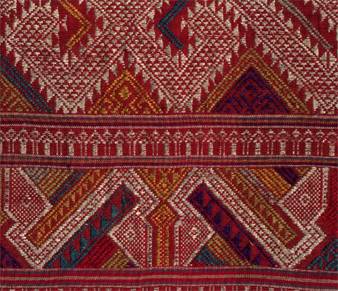
Another great source is Moowon’s Textiles of Laos: Traditions, Techniques, Spirituality. While you have to be a member to read the full story, there are several examples of Nak motifs above the fold, visible for free.
Some great examples of Cambodia naga on cloth can be found on Chinalai Tribal Antiques.
There are also naga-inspired motifs in Thai weaving, but unfortunately, I couldn’t find a lot of visual representations online. If you have a good book or site to share, please do link to it below.
Temples
Last Thursday I did a blog on dragon-inspired architecture and tried to stay away from temples, since temples bring dragon mythology into the equation. This week I want to share some of the amazing nagas that live at temples in Southeast Asia. Buckle up for some beauty, Mythsters.
Thailand
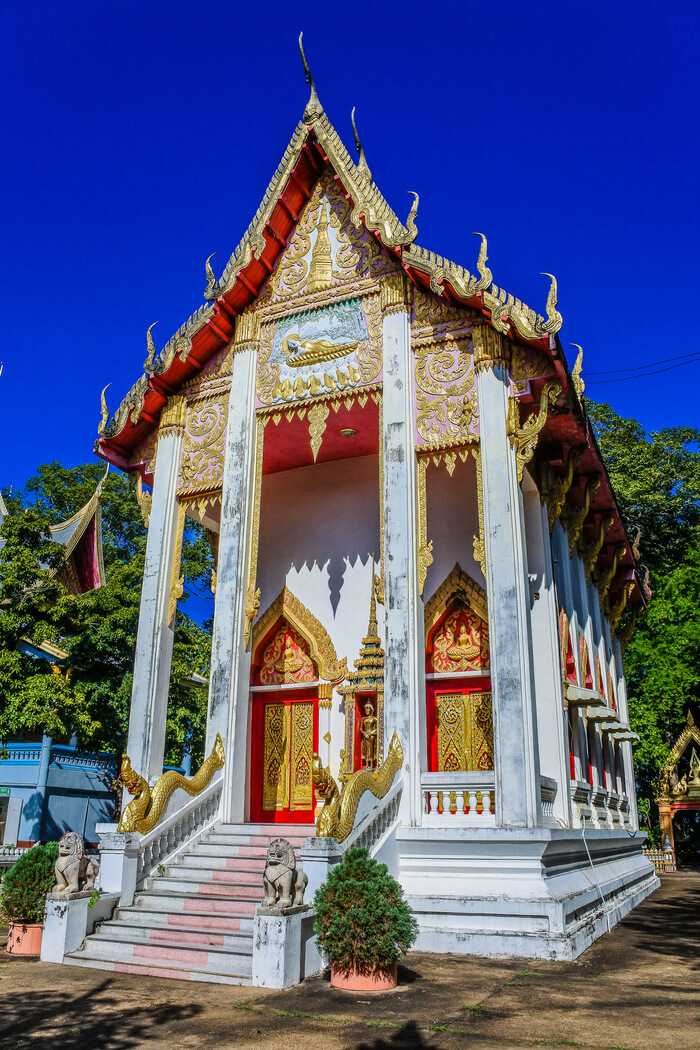
Wat Burapha,Ubonratchathani Province,Thailand 
Three-headed Naga temple protector at Wat Bupparam Buddhist Temple in Chiang Mai in north Thailand 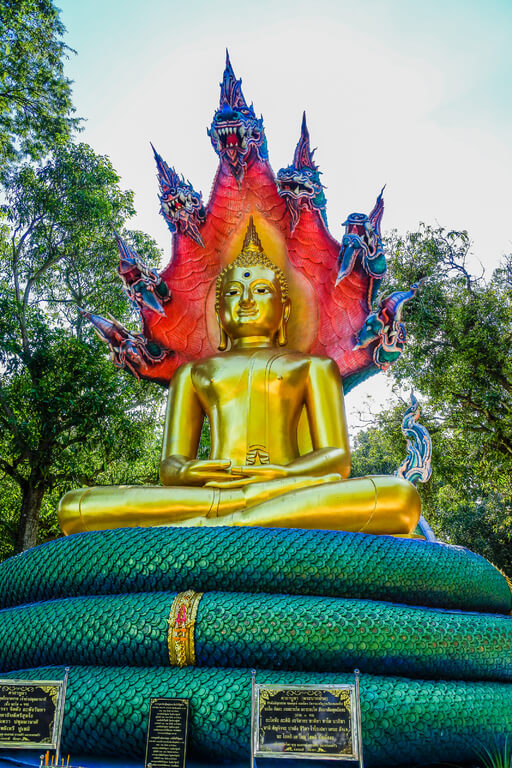
Wat Burapha,Ubonratchathani Province,Thailand 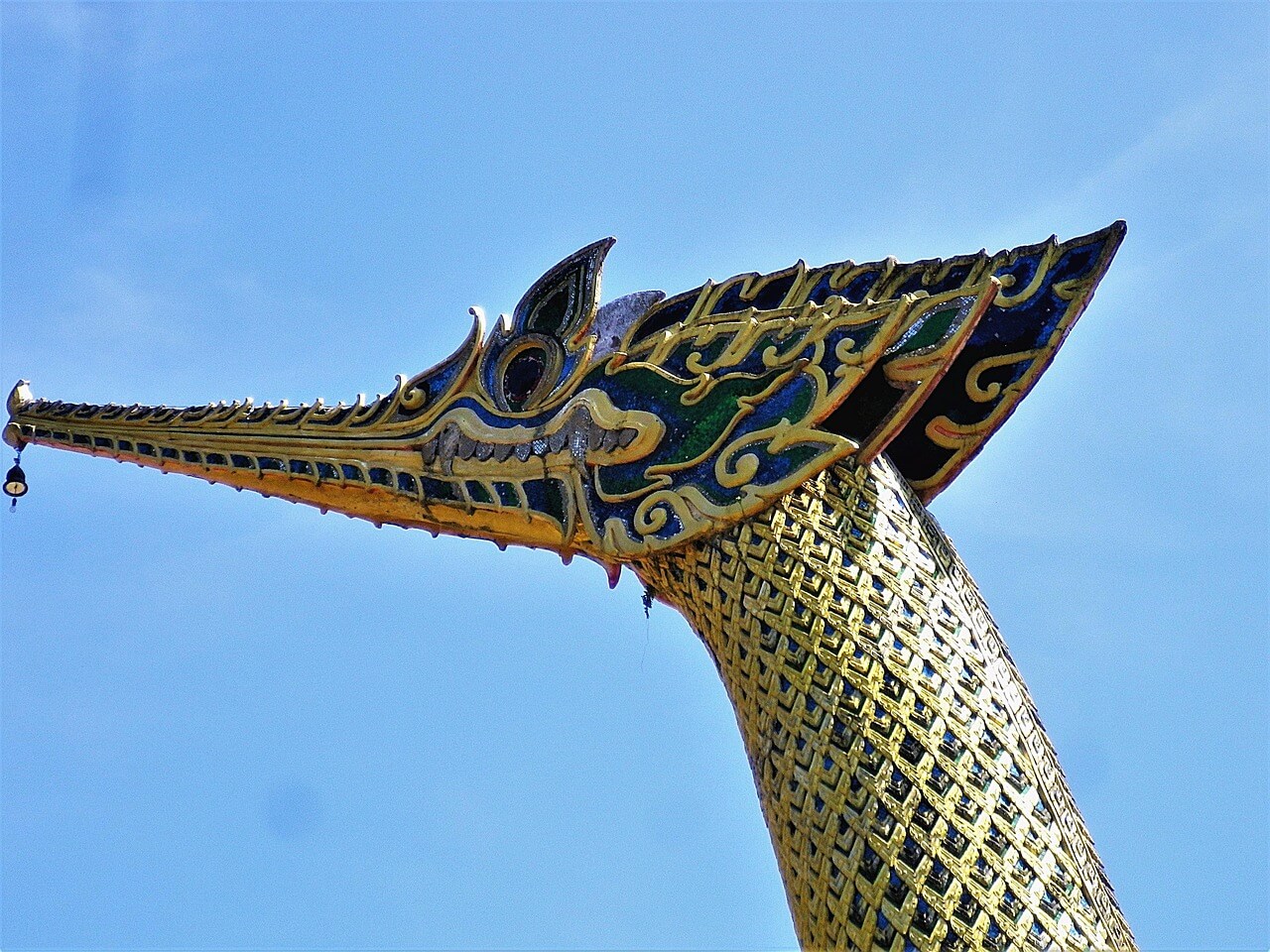
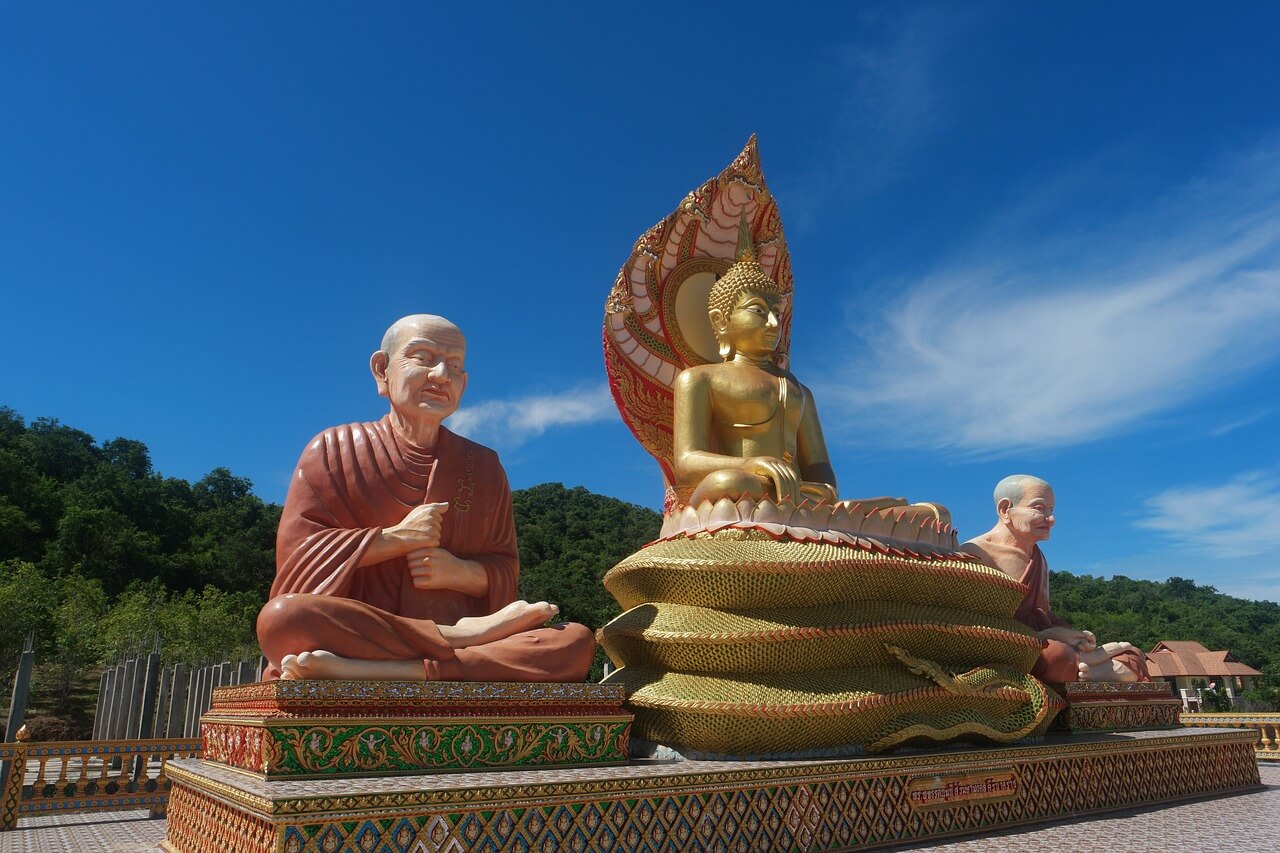
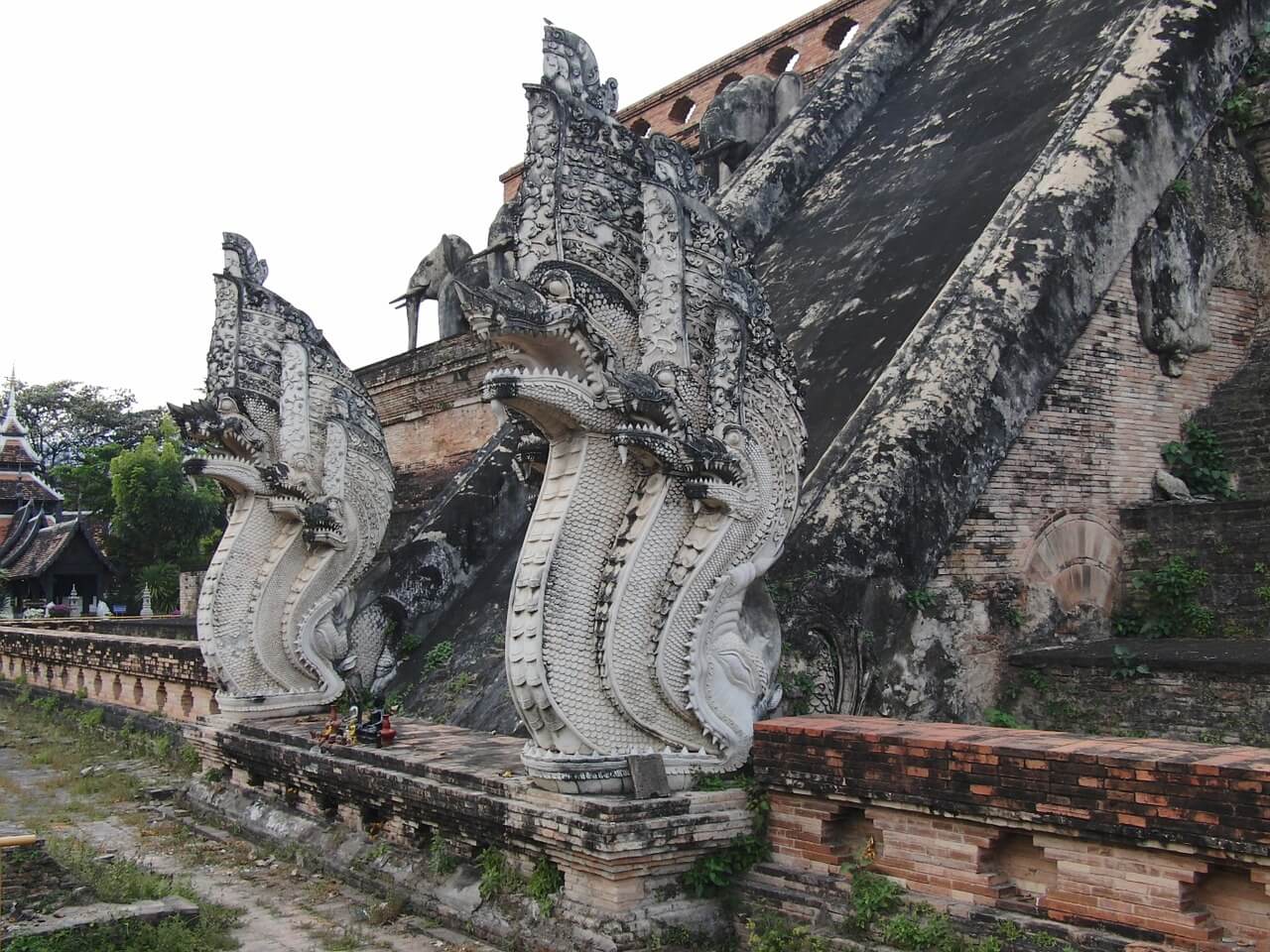
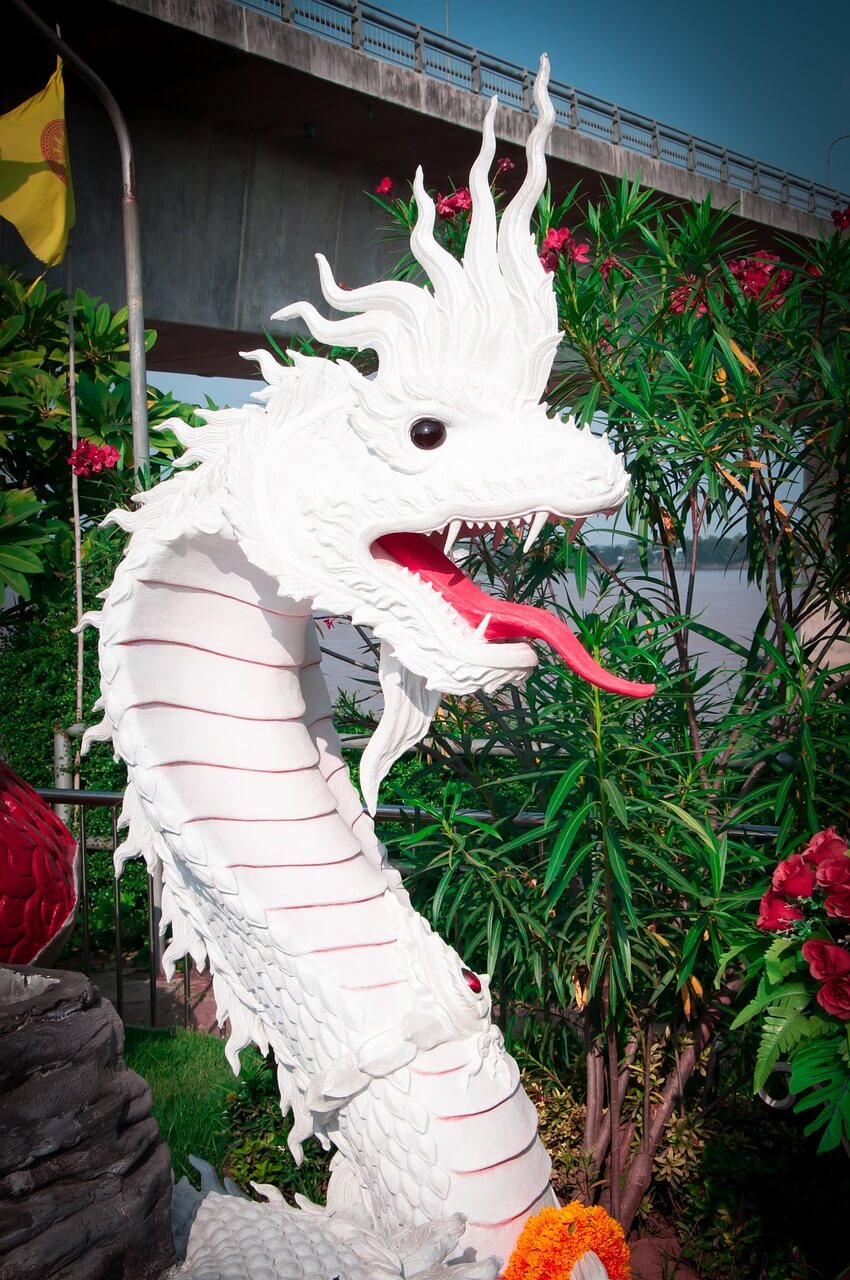
Mukdahan, Thailand 
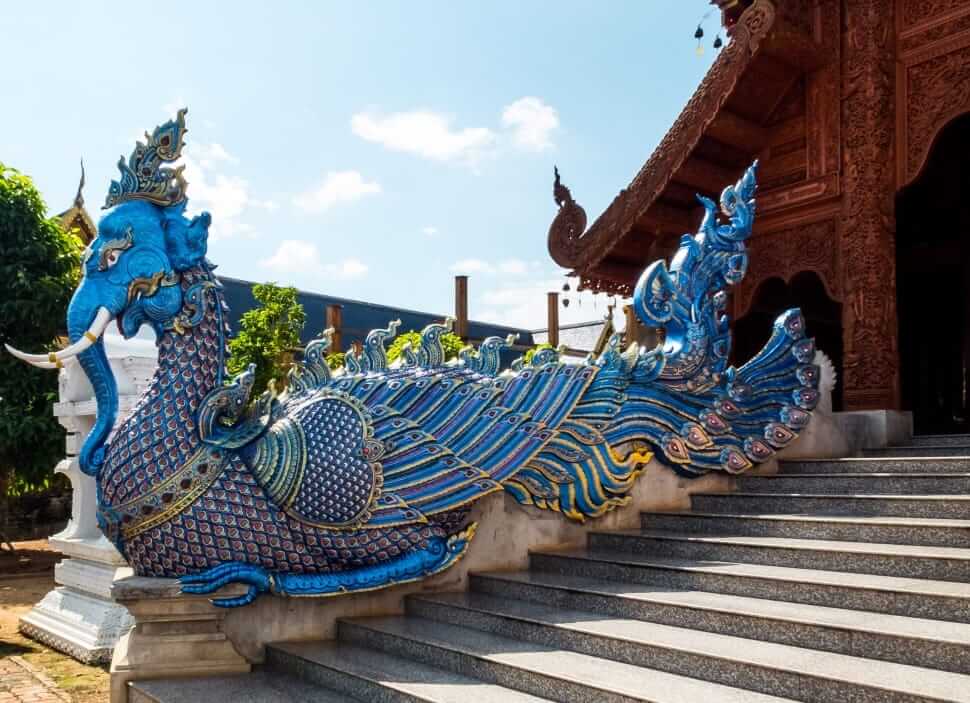
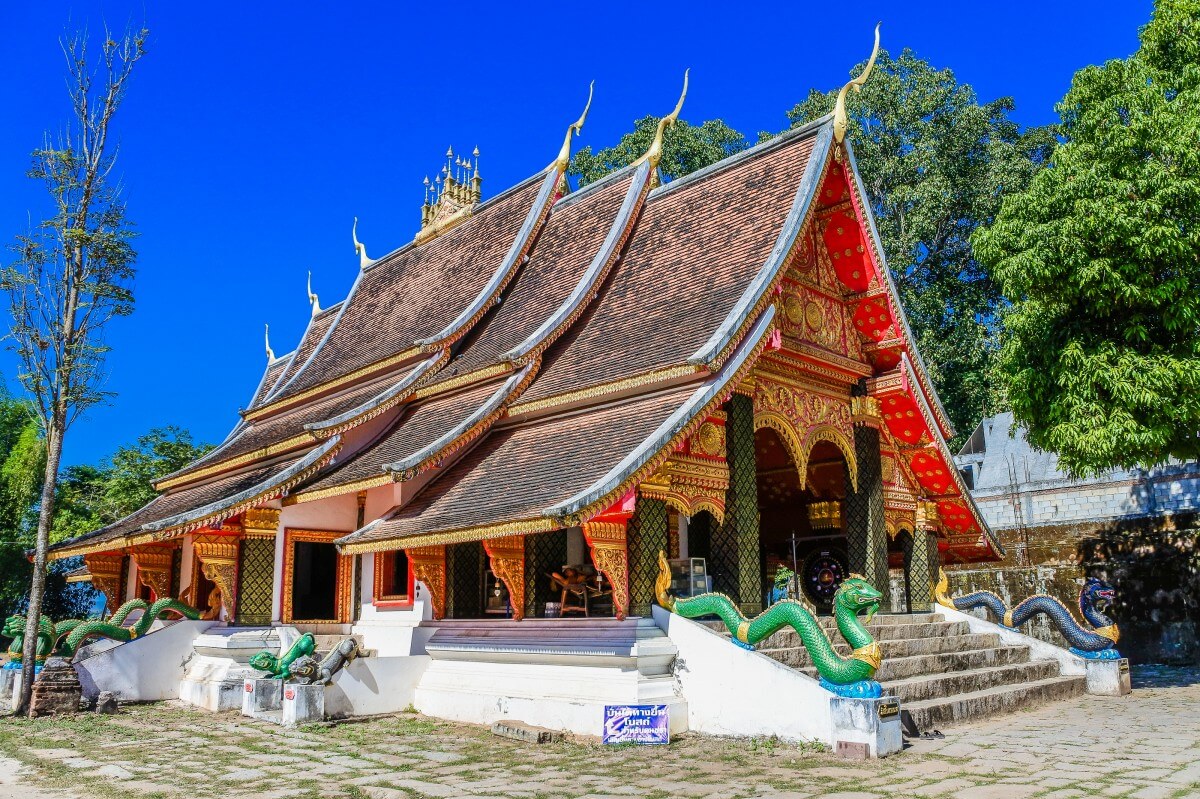
“Wat Tha Khak” in ChiangKhan, Loei province, Thailand
One thing that struck me is how many of the naga statues are white in Thailand. I looked into the reason why, but only came up with one possible answer, which is a myth that involved a naga king who sunk a city below a lake because the human king ate a great while eel caught from the Mae Khong River. If anyone has any other ideas, I’d love to hear them.
If you want more amazing Thai pictures, you have to check out Nagas: Buddhist Temple Guardians from My Thailand. It is a visual treat.
Cambodia
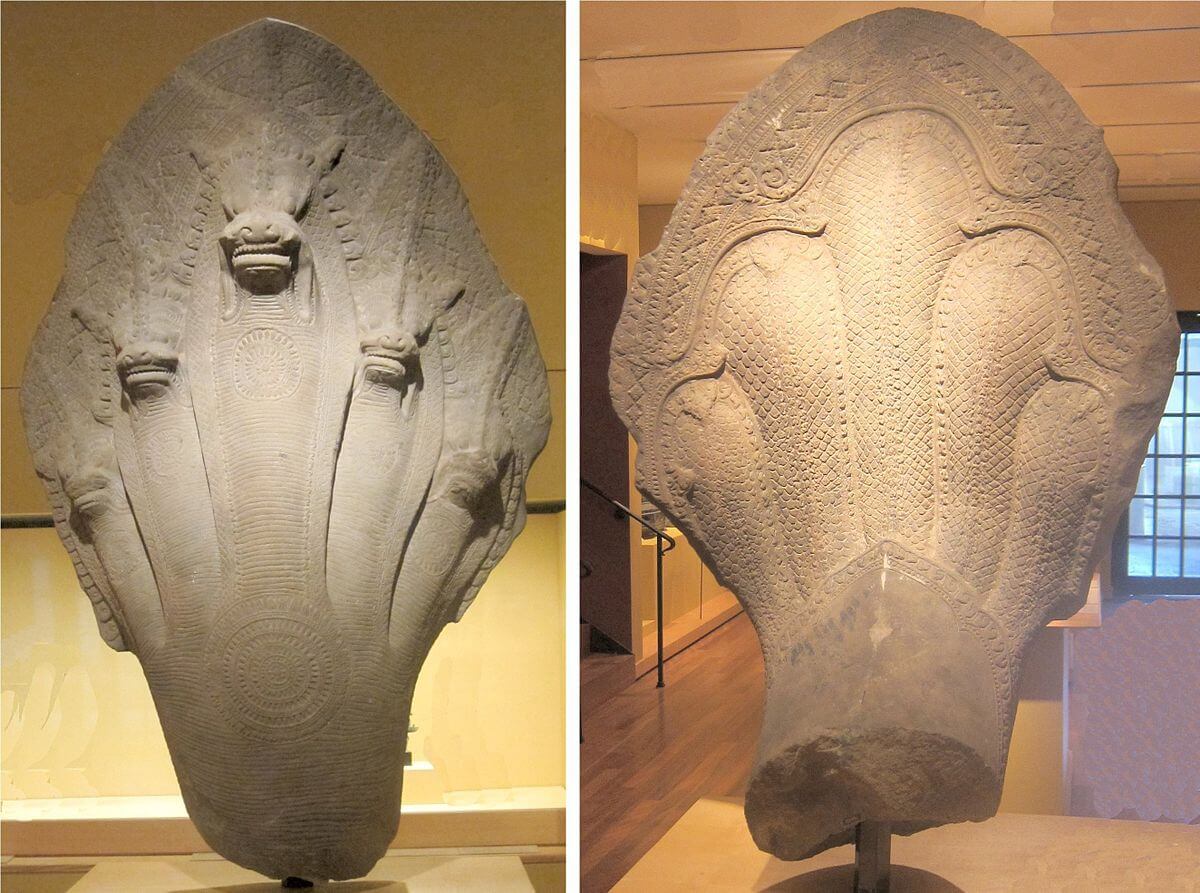
Cambodia, Banteay Srei Style, 10th century 
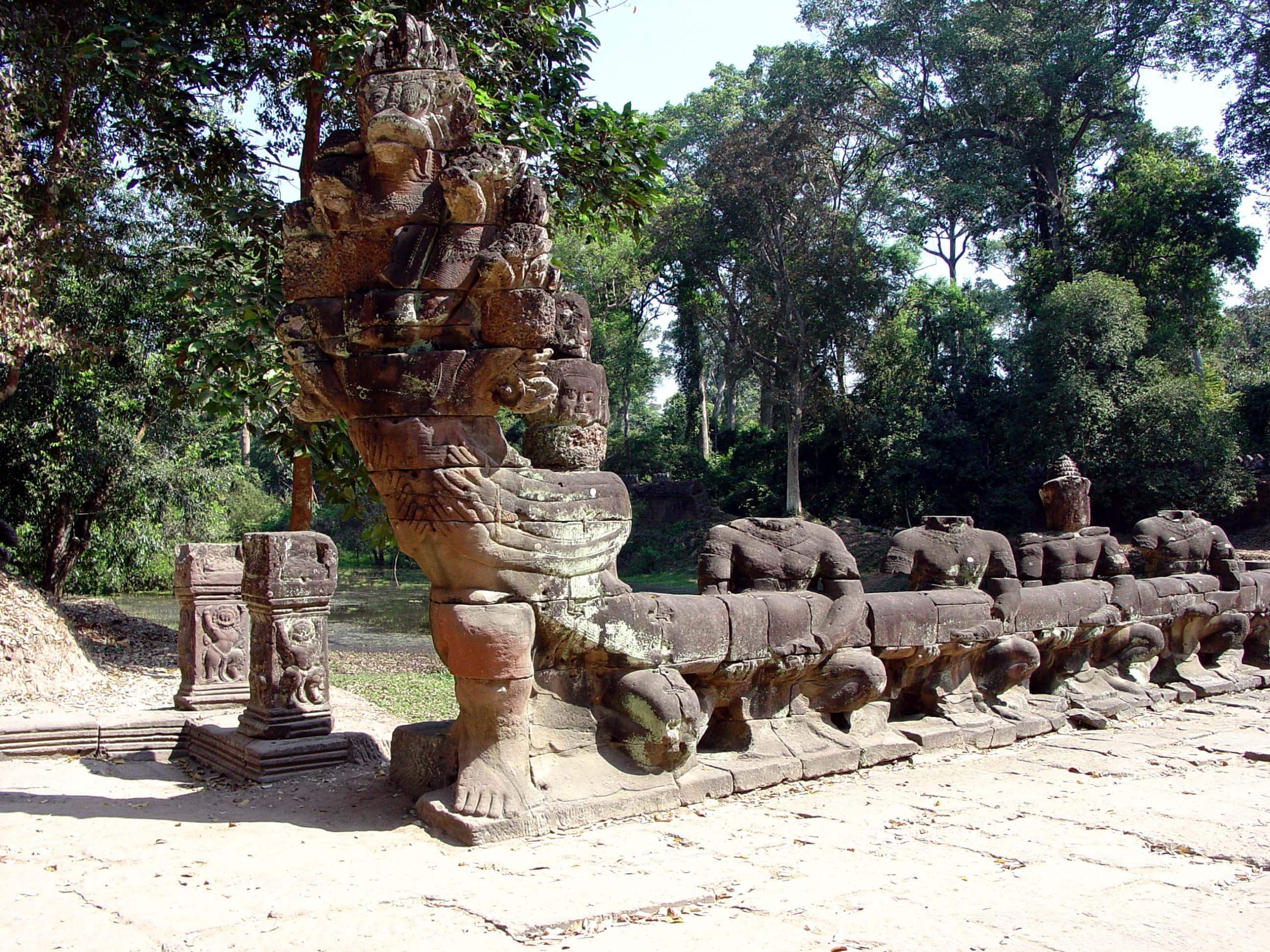
Michael Gunther
CC BY-SA 4.0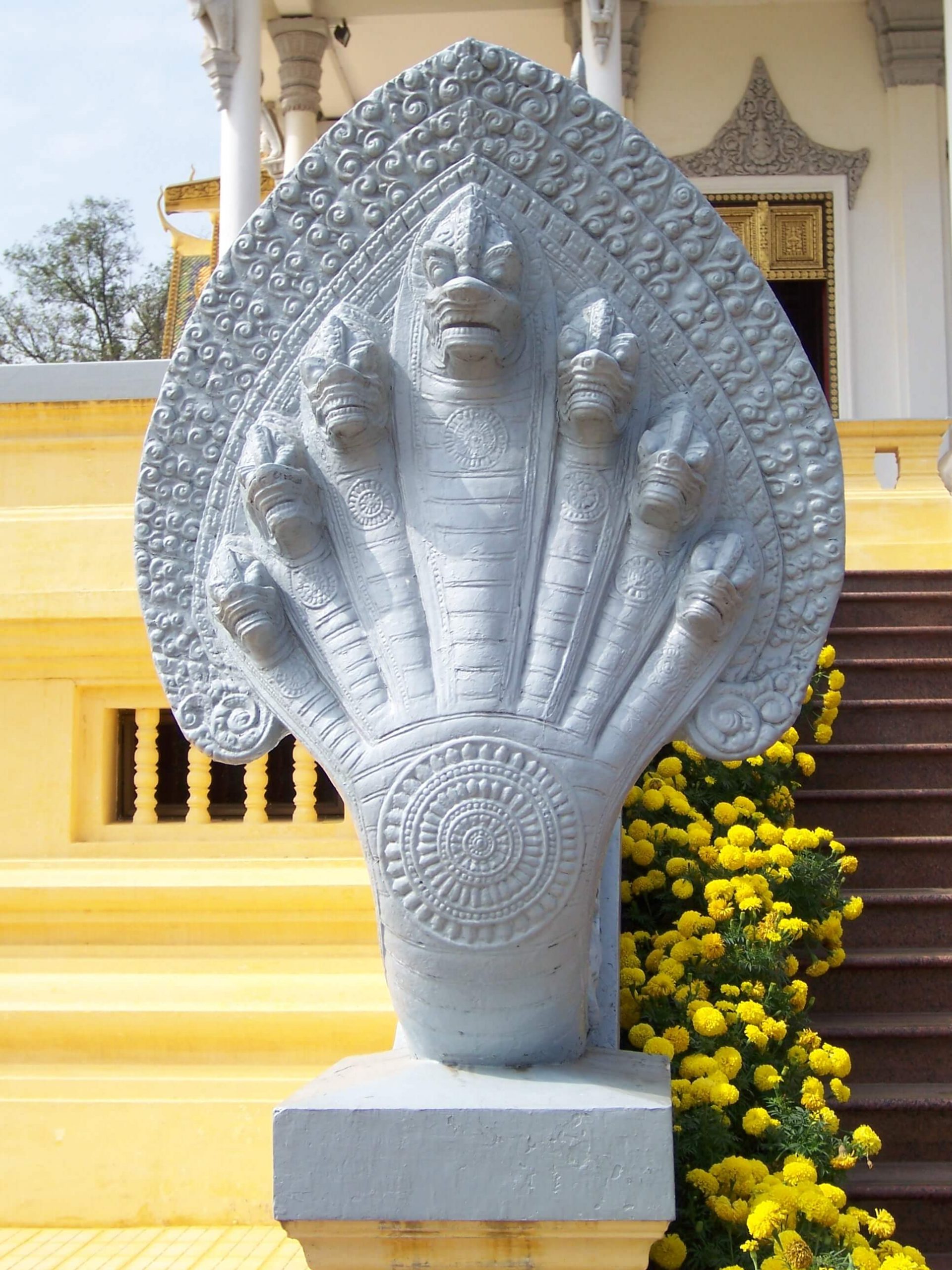
By Stephan Schulz, CC BY-SA 3.0, 
By Hzh – Own work, CC BY-SA 4.0, 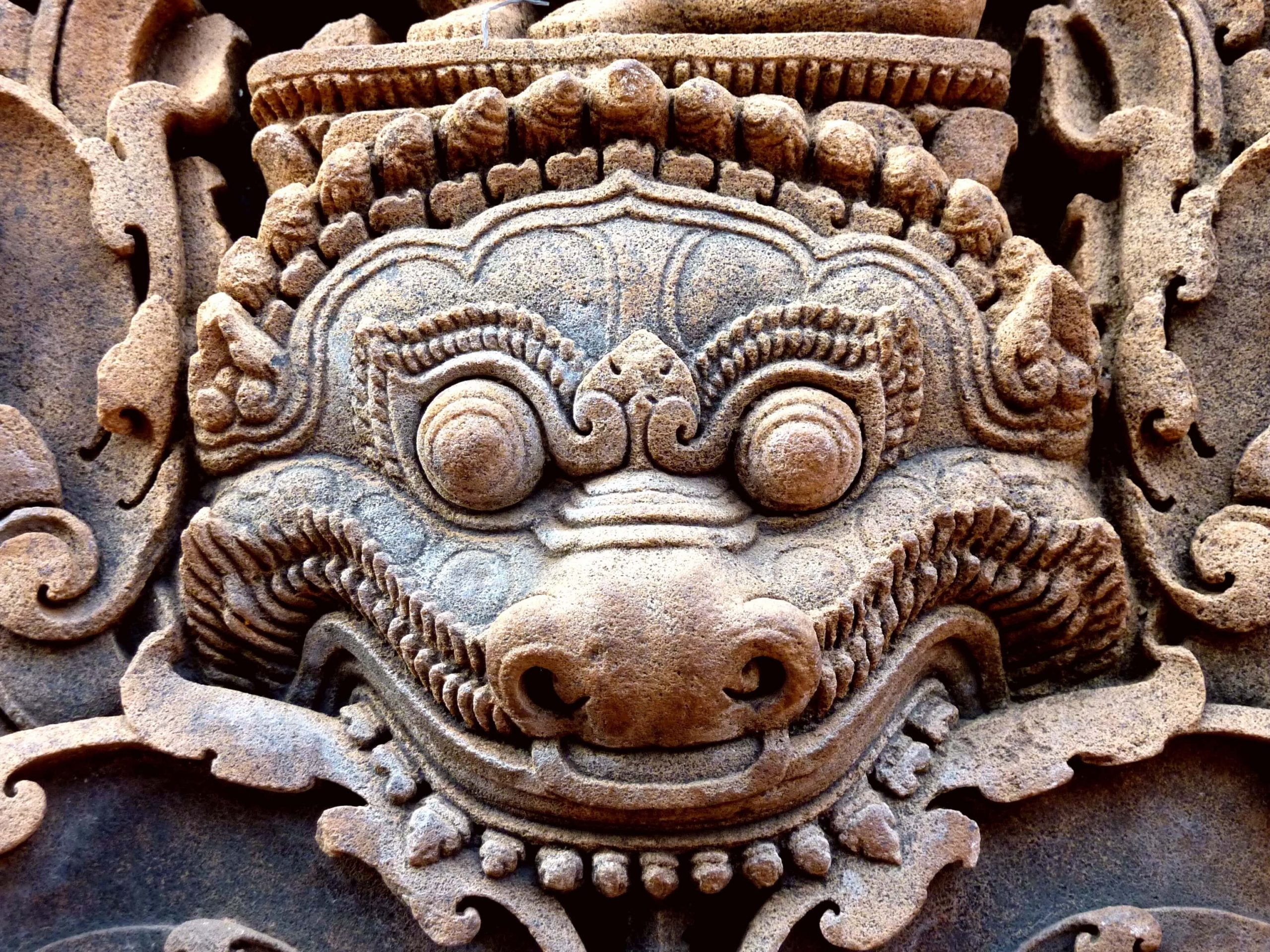
By Photo Dharma from Penang, Malaysia – 024 Naga, CC BY 2.0,
Compared to Thailand, the naga I found in Cambodia seem to be a lot more subtle, with natural stone colors instead of bright paint and jewels.
Laos
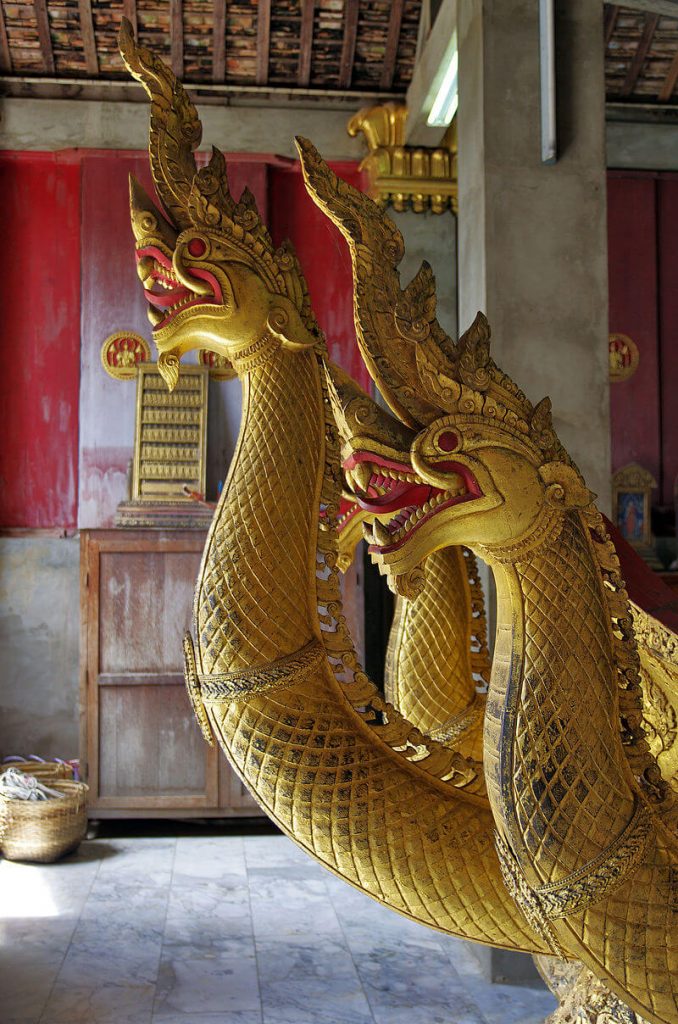
Wat Xieng Thong Laos ceremonial barge
By Phillip Maiwald (Nikopol) – Own work, CC BY-SA 3.0,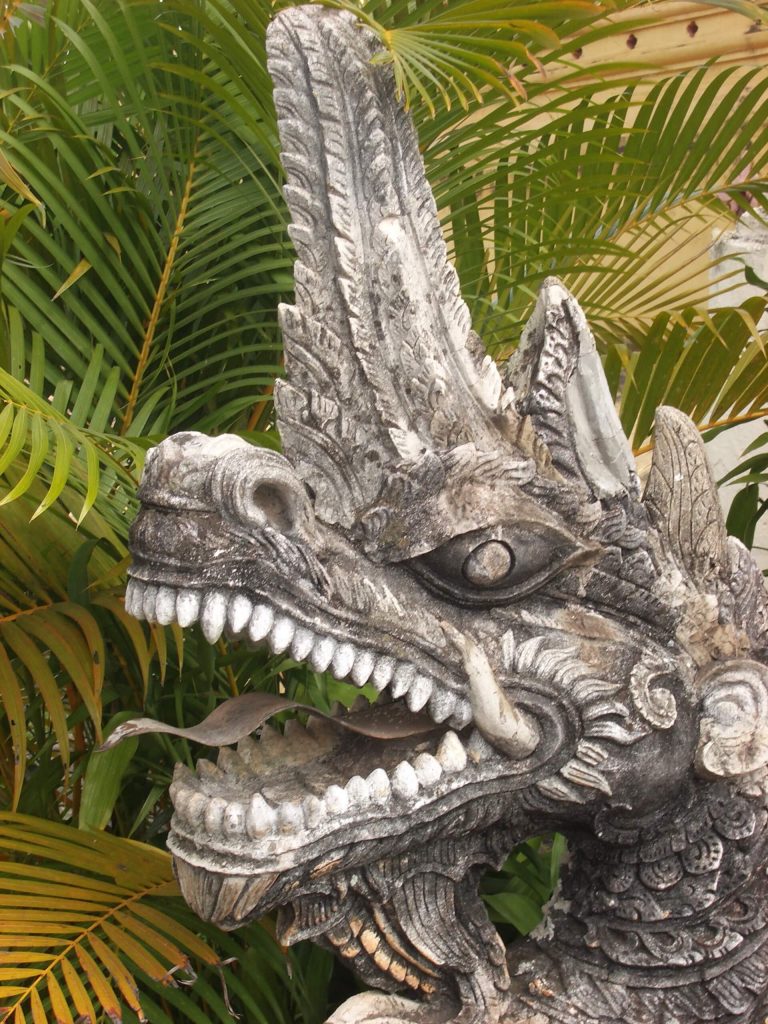
Pha That Luang, Vientiane Laos
By Photographie prise en octobre 2006 par Funad at fr.wikipedia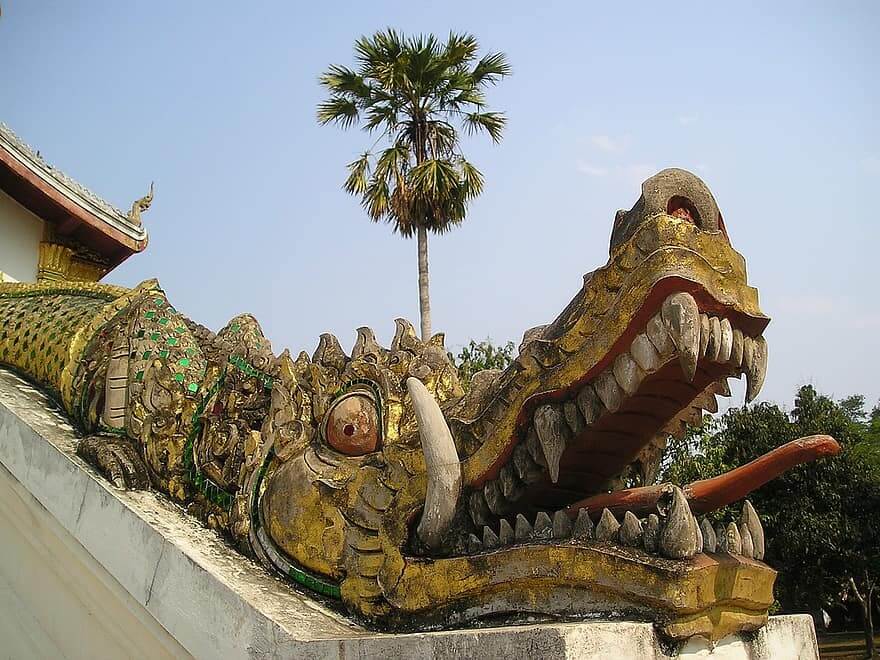
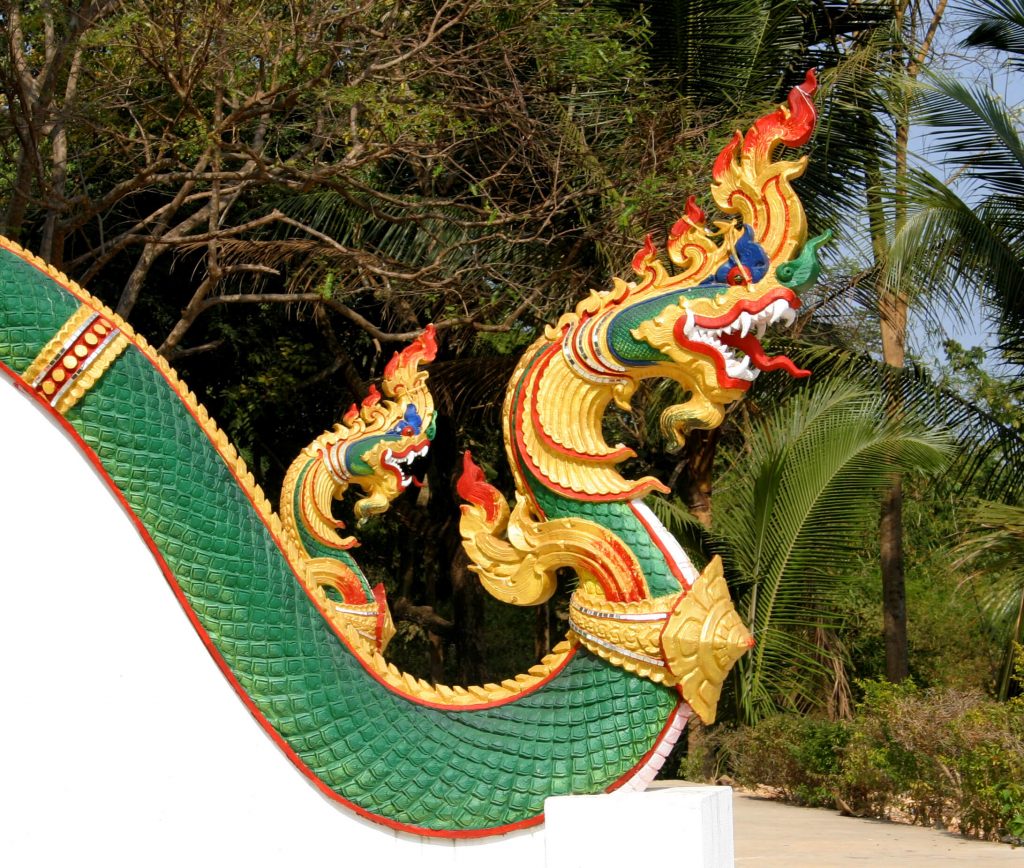
Muang Phôn-Hông, Capital of Vientiane Province, Laos
By Gerd Eichmann – Own work, CC BY-SA 4.0,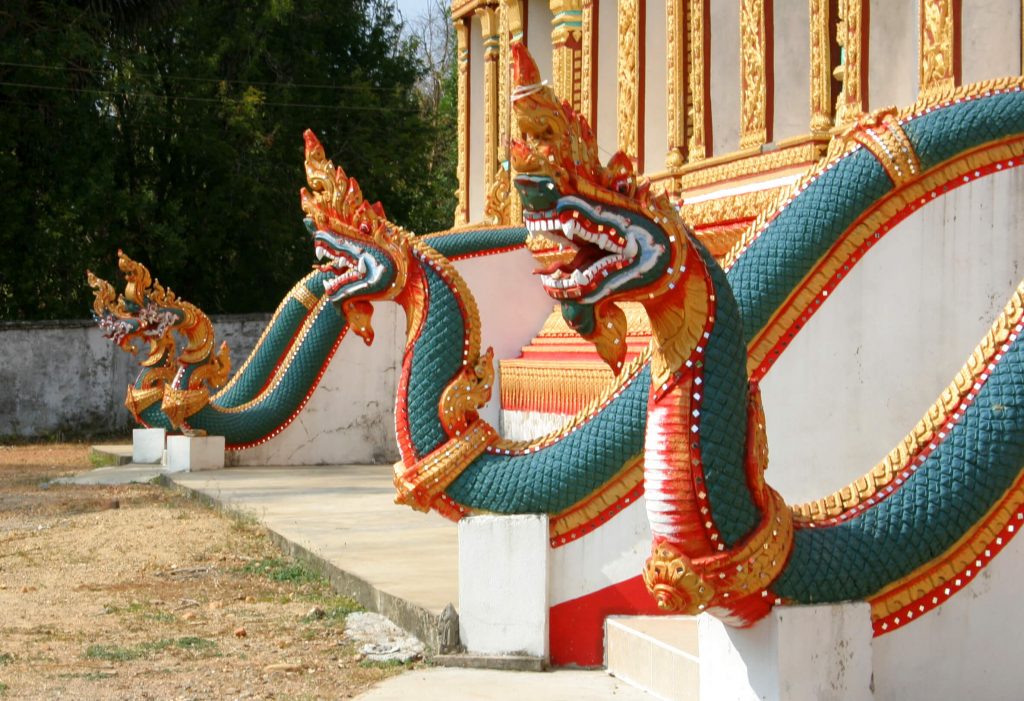
Muang Phôn-Hông, Capital of Vientiane Province, Laos
By Gerd Eichmann – Own work, CC BY-SA 4.0,
What strikes me about the Laotian naga are the large horns coming out of their heads. Although Thai nagas have a similar horn, they seem to be more prominent in Laotian depictions.
And that, my friends, brings our month-long journey through Southeast Asia to a close. I hope you’ve learned some things about dragons from the area and stick with us as we continue on to China next week!

[…] discussed dragon motifs on fabric in a few cultures including Laos, Cambodia, and Vietnam. As we continue west, we can continue to see dragons in weaving. However, weaving has a special […]